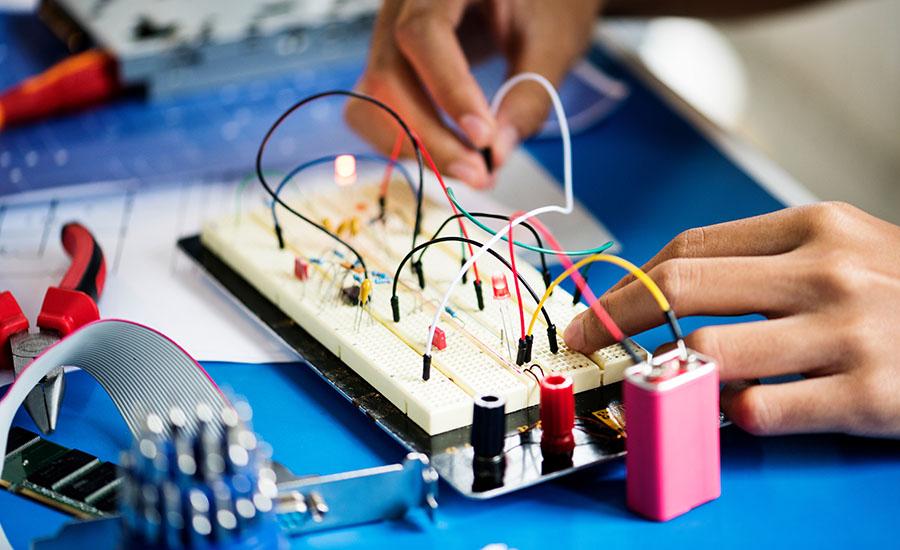
Creative Battery Design
by Ana Ramirez
In this lesson plan, students will be able to investigate battery cells as they construct their own simple batteries:
They will know that batteries are a common store of energy for many devices that we use every day, understand that energy can be transferred from one form to another. For example, when someone is moving down a slide gravitational potential energy is converted into kinetic energy. Also, they will know that chemical reactions occur between acids and other materials such as metals.
Lesson Grade Level
4th GradeLesson Plan Link/URL
https://docs.google.com/presentation/d/1uZ6OAdBZQET79sMrYclWRIL7mVV3HAAn/edit?u…Subject Area
Science Physical Science P1: Matter P2: Objects at a Distance P4: Energy Transfer Technology 4. Innovative Designer 5. Computational Thinker 6. Creative Communicator Engineering S4: Apply Science to Engineering S5: Apply Technology to Engineering S7: Apply Project Management to Engineering Mathematics Measurement and Data (MD) English Language Arts (ELA) Reading (Literature) Reading (Informational Text) Writing Speaking & Listening
Featured
Off
Related Content

Grades:
Kindergarten, 1st Grade, 2nd Grade, 3rd Grade, 4th Grade, 5th Grade, 6th Grade, 7th Grade, 8th Grade
Most students are likely familiar with popular films like Happy Feet, Surf’s Up, Penguins of Madagascar, and classic books like Mr. Popper's Penguins. Capitalizing on this familiarity with penguins

Grades:
3rd Grade, 4th Grade, 5th Grade, 6th Grade, 7th Grade, 8th Grade, 9th Grade
Engineers often create small-size models of a new product to test its design. This is especially true with airplanes. Model testing tells engineers how a design responds to different air conditions

Grades:
9th Grade, 10th Grade, 11th Grade, 12th Grade
This STEM Argumentative Research Project engages students in exploring the scientific, ethical, and societal implications of themes in Mary Shelley's "Frankenstein." Students will work in groups to